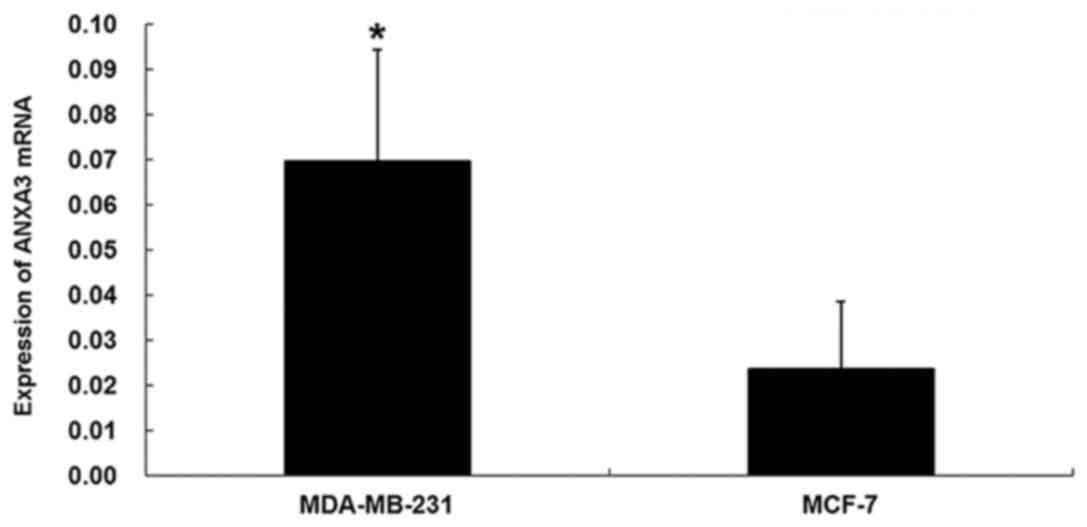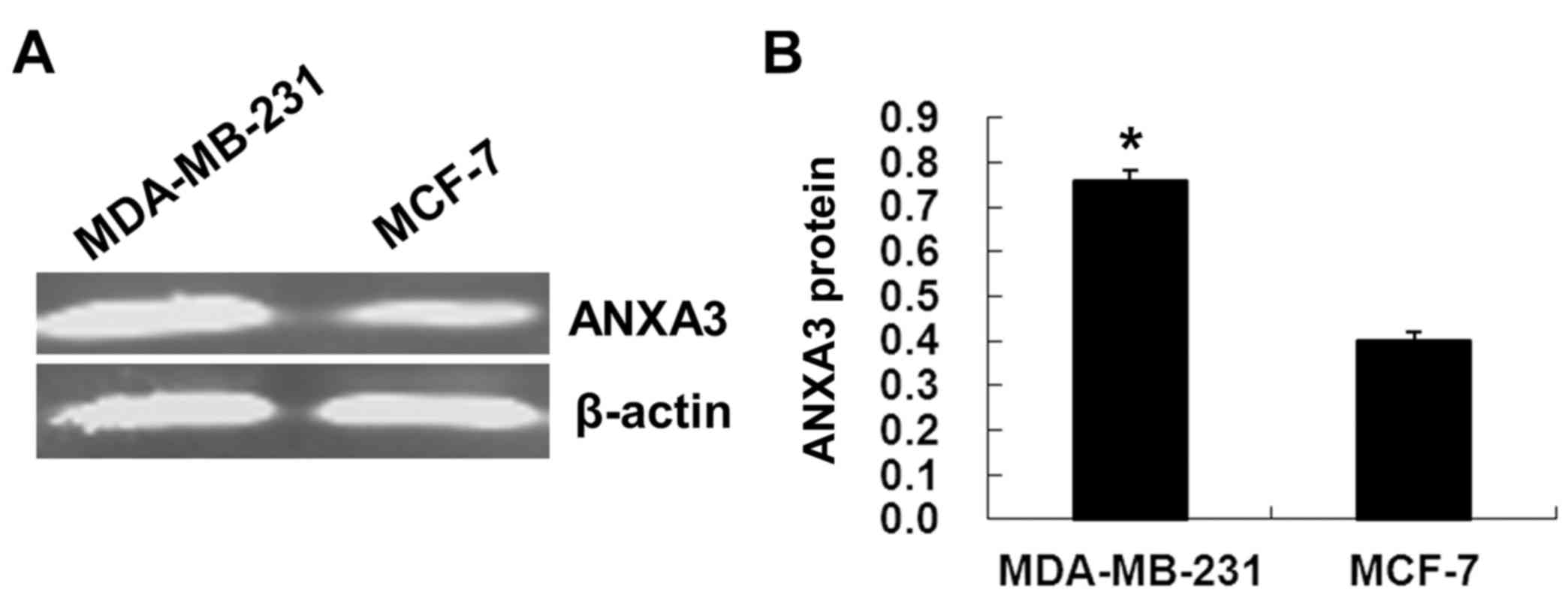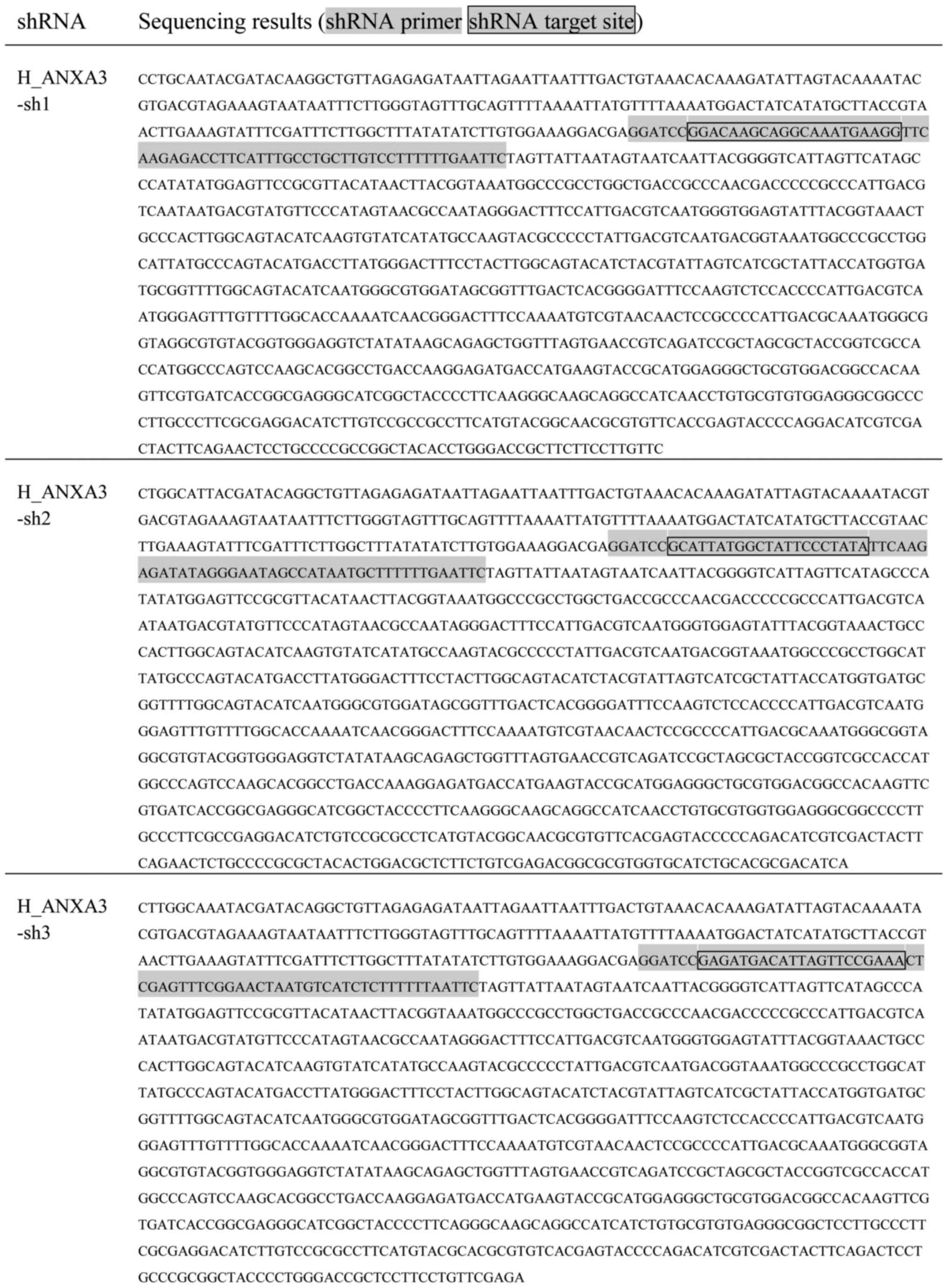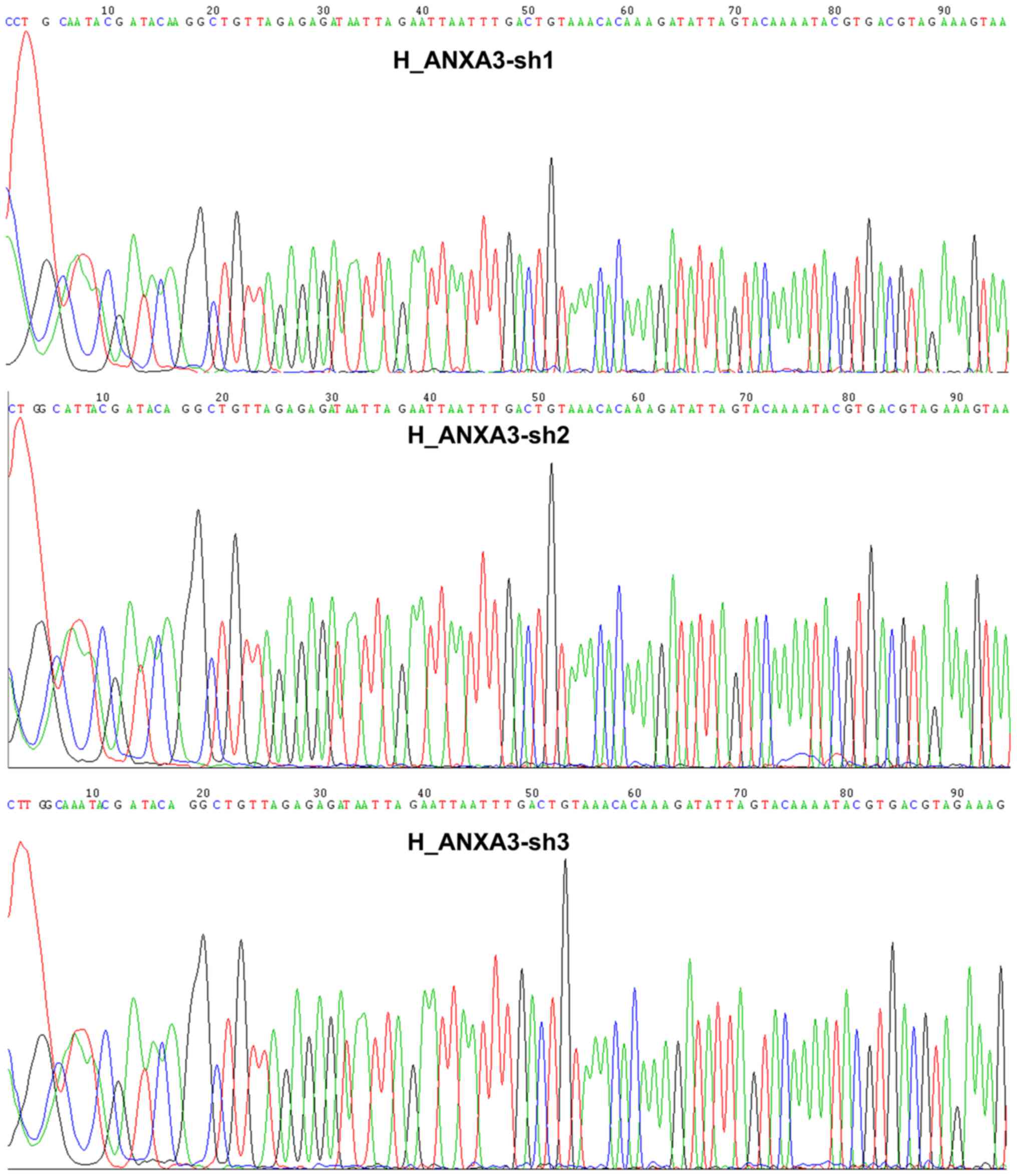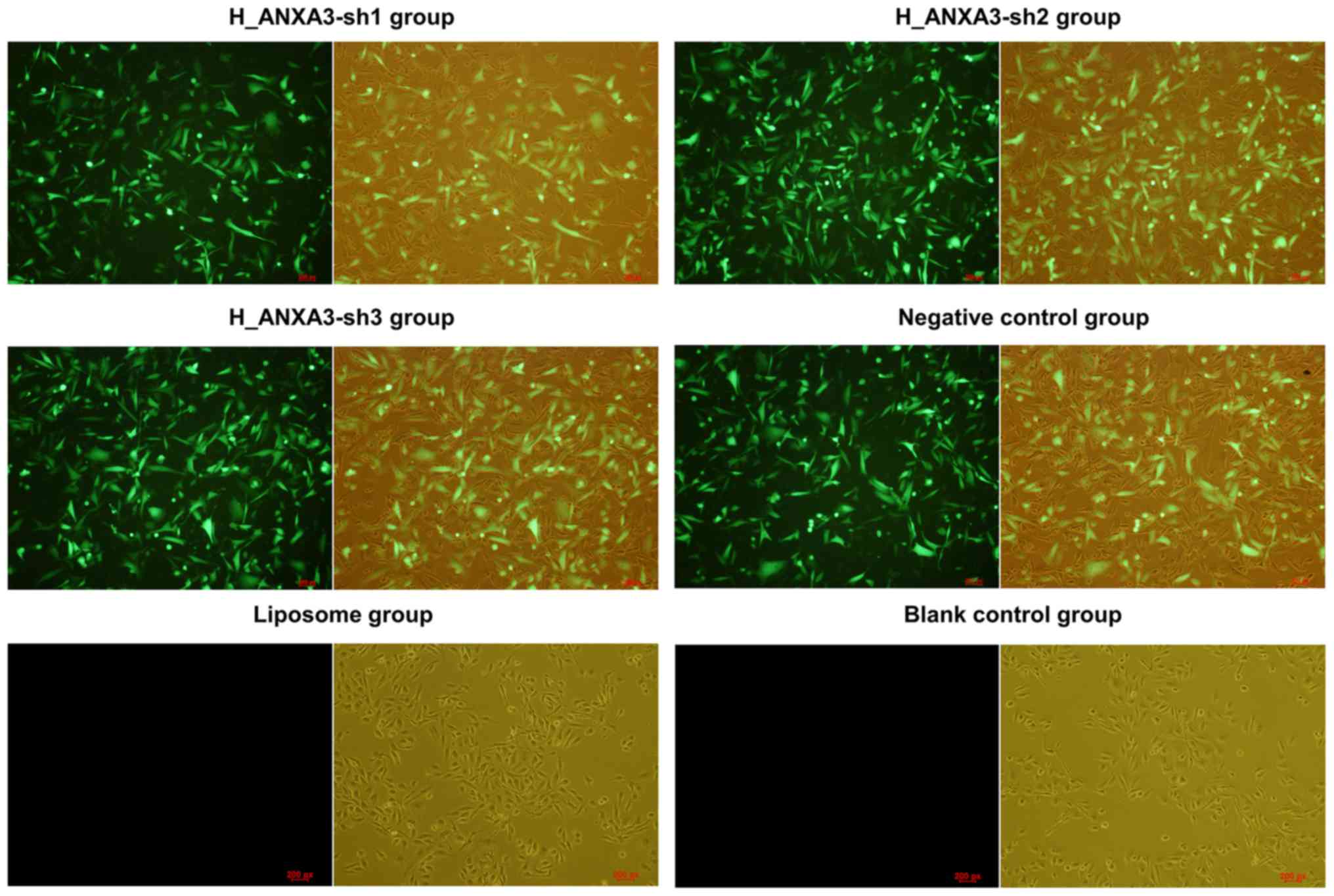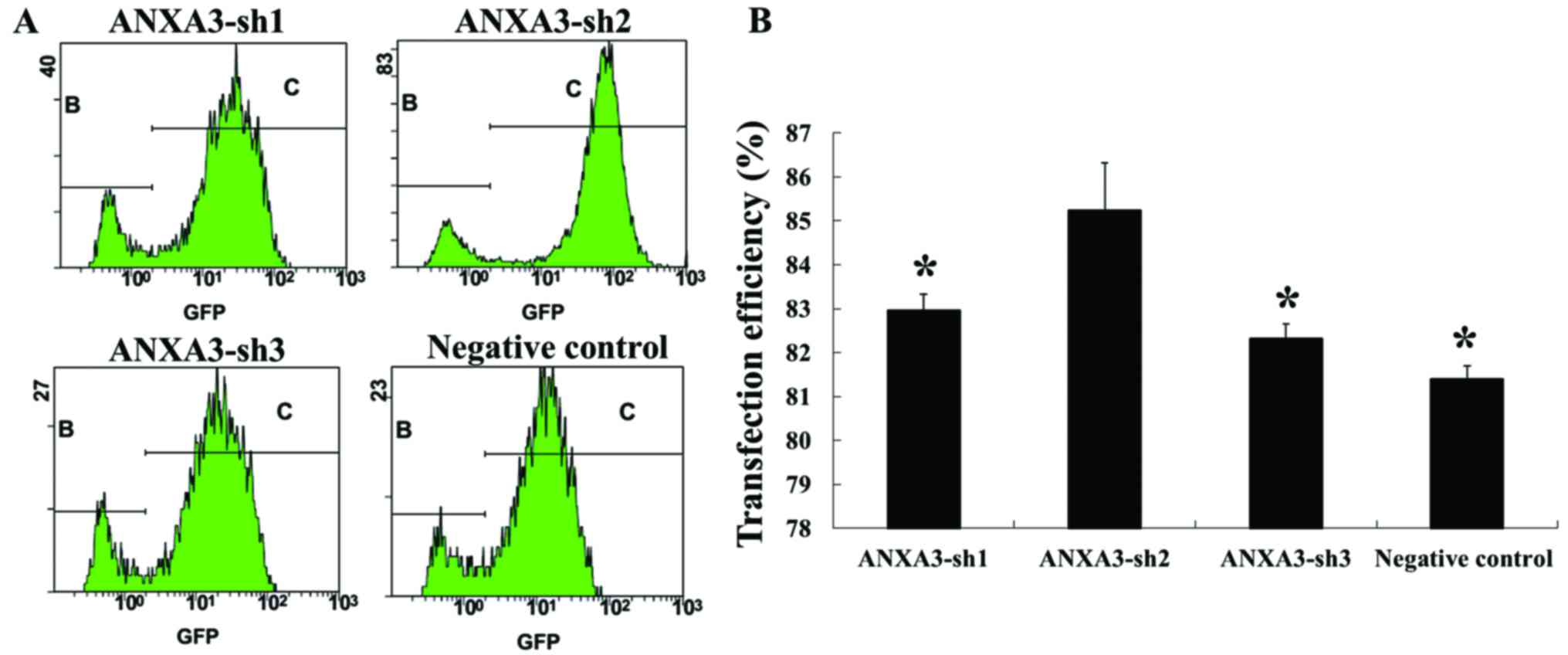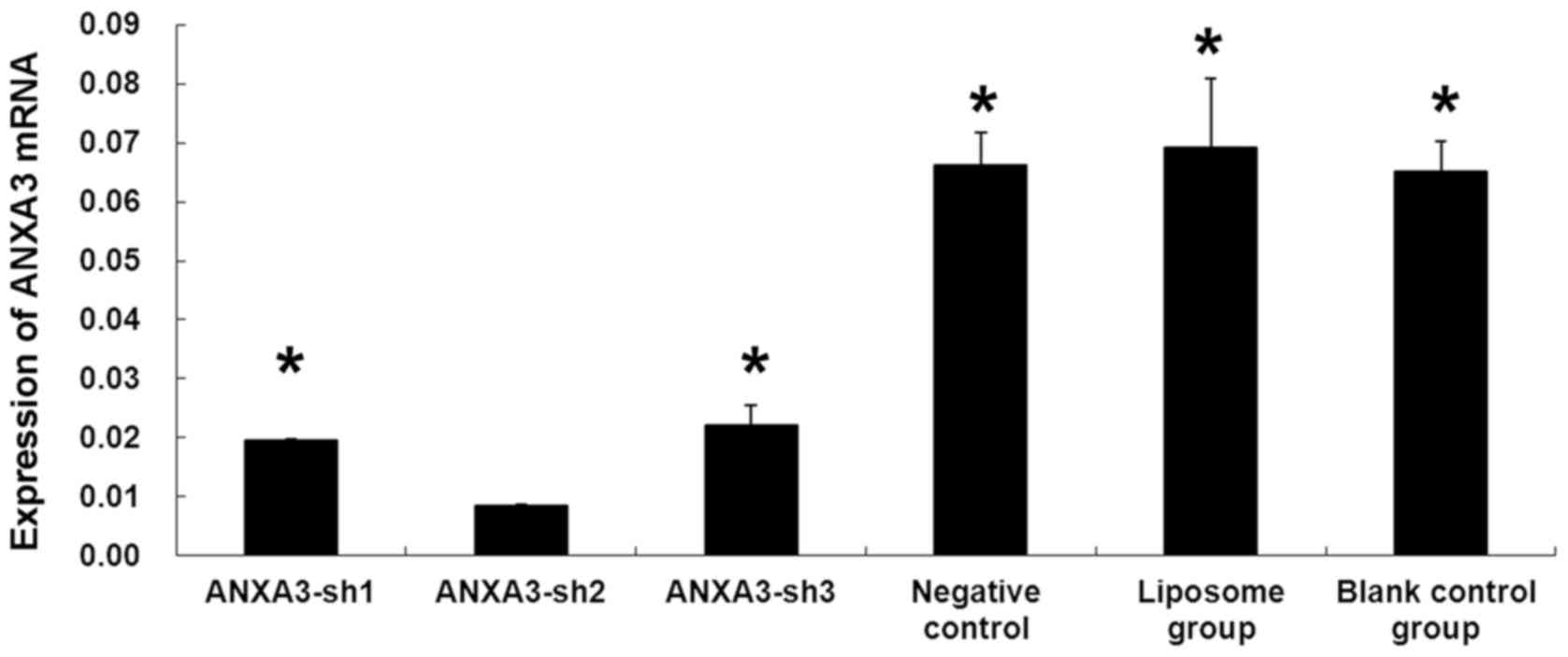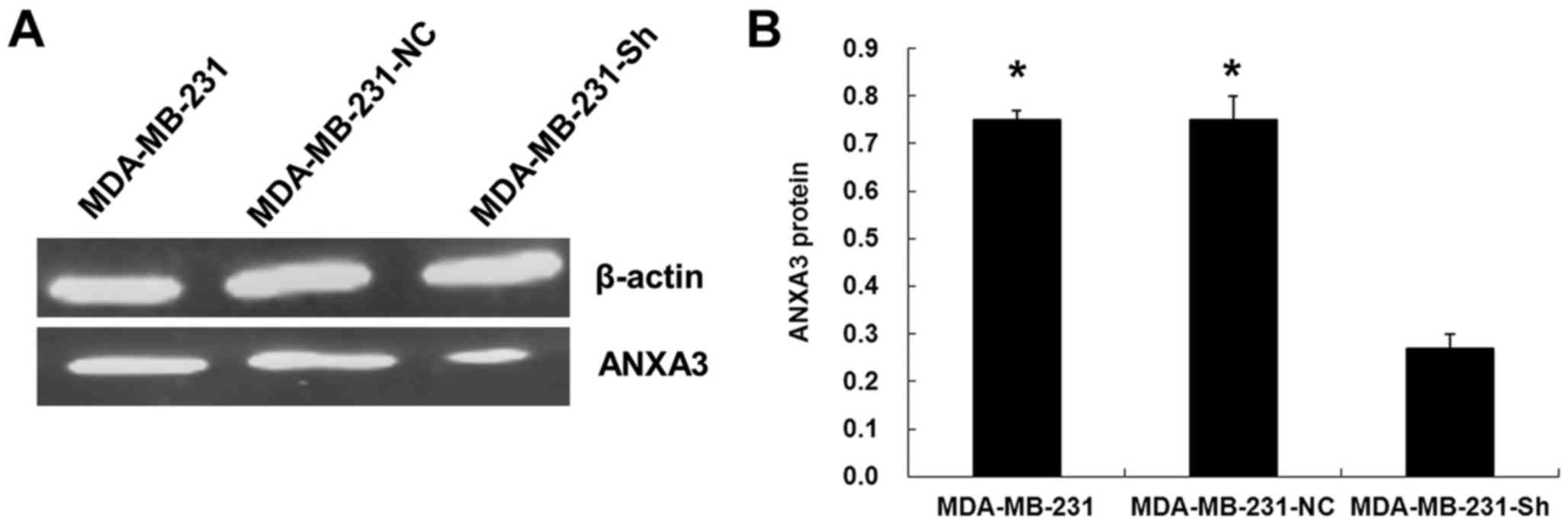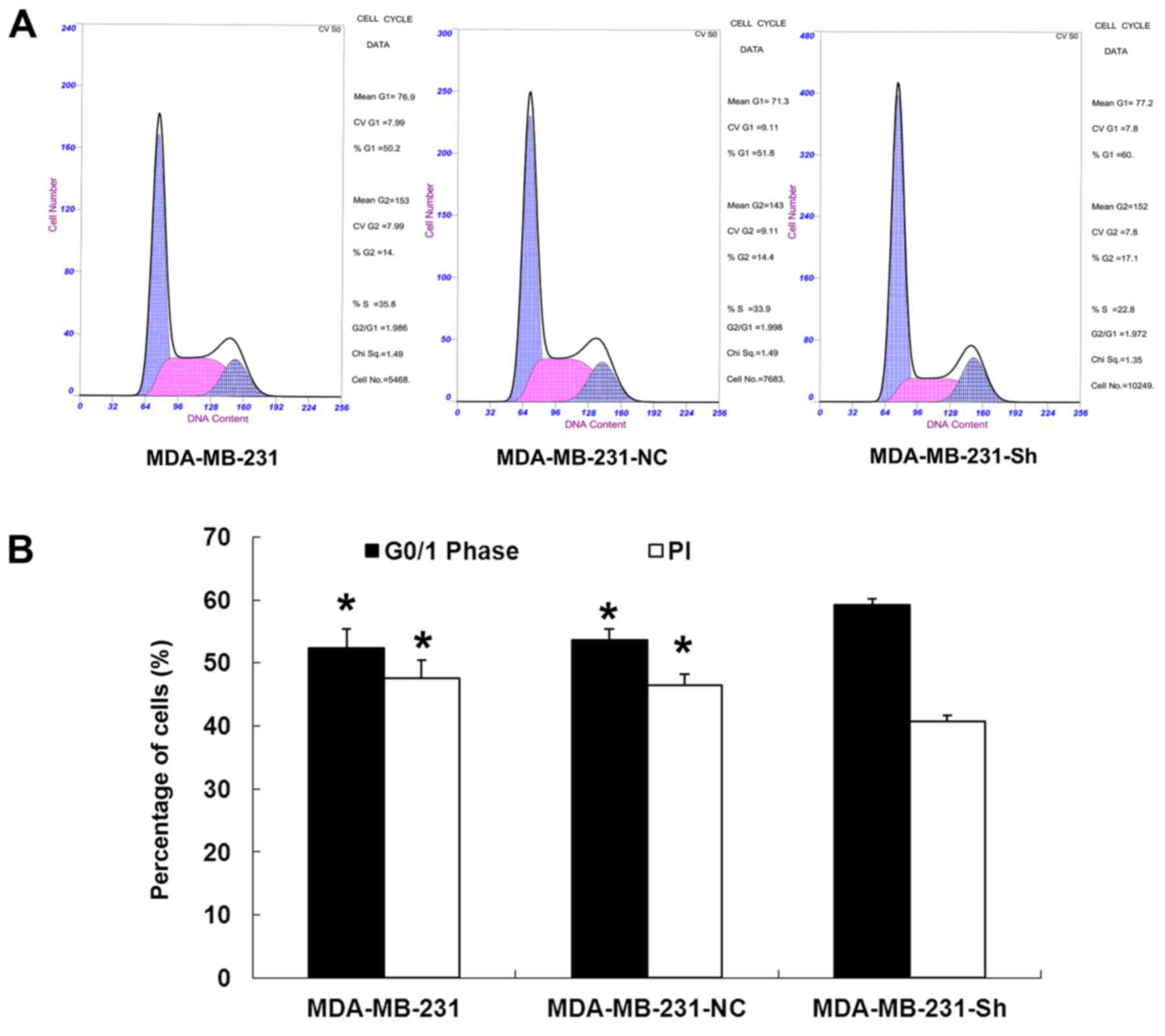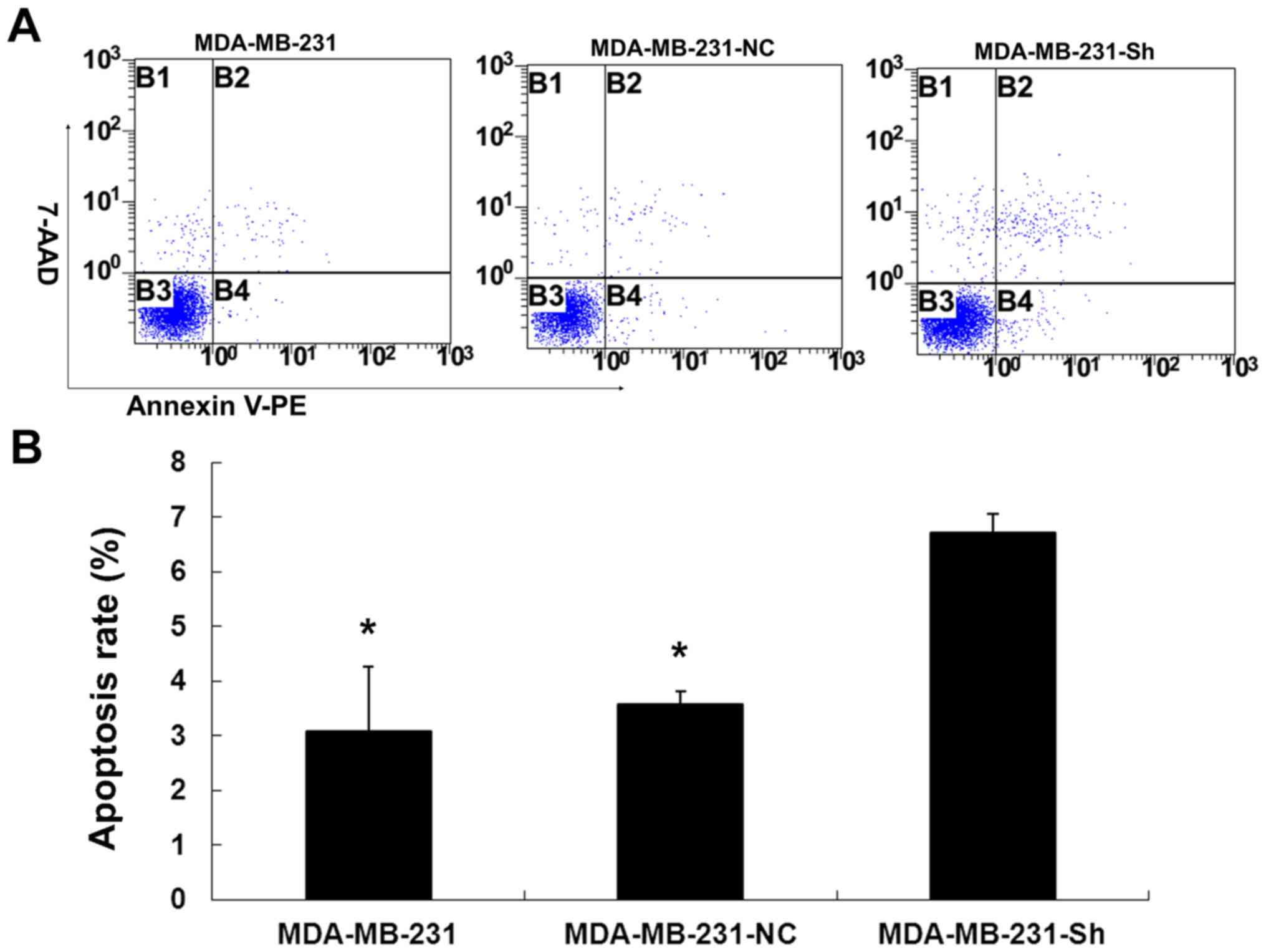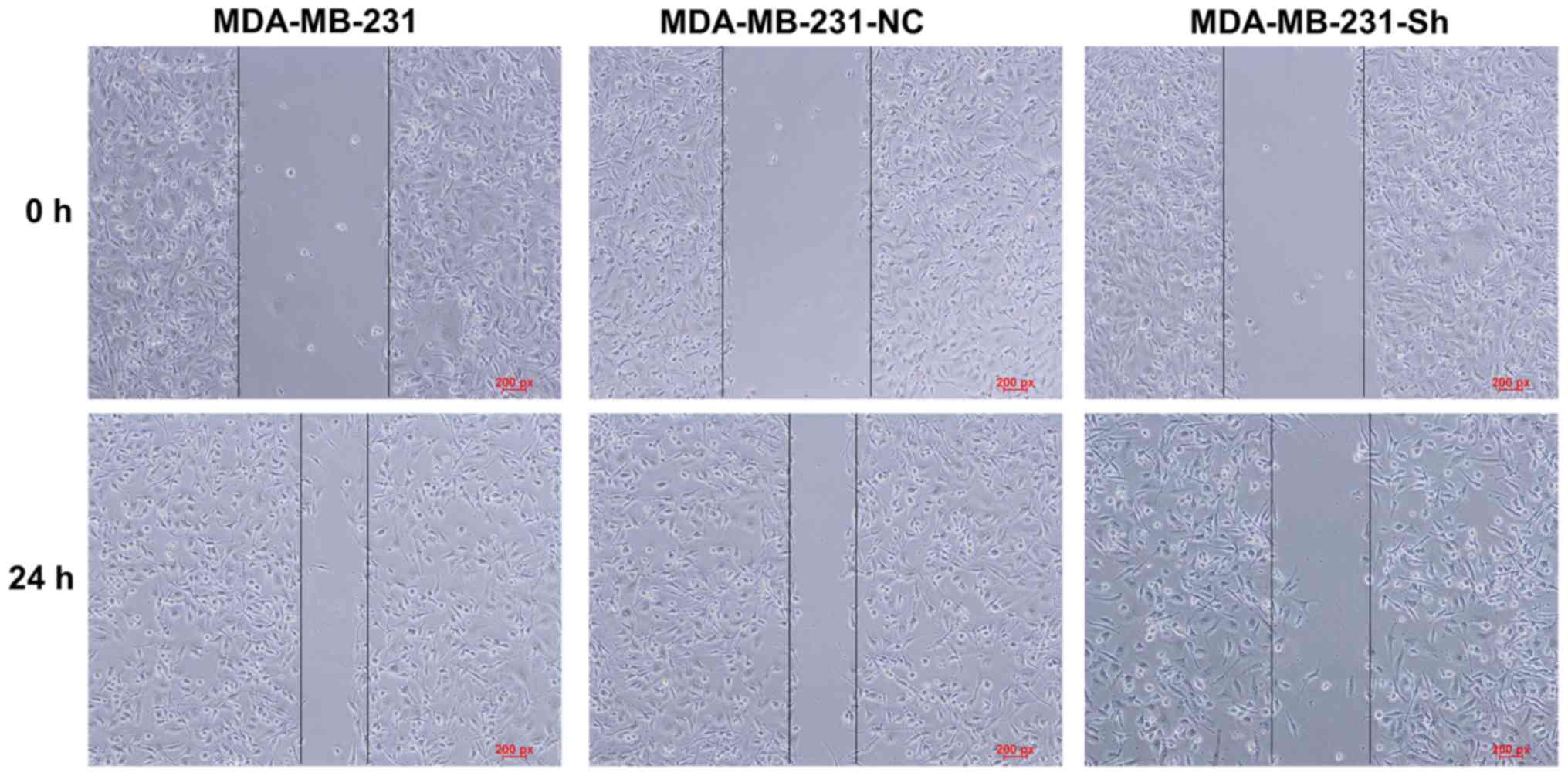|
1
|
Bandorowicz-Pikuła J, Woś M and Pikuła S:
Participation of annexins in signal transduction, regulation of
plasma membrane structure and membrane repair mechanisms. Postepy
Biochem. 58:135–148. 2012.(In Polish). PubMed/NCBI
|
|
2
|
Fatimathas L and Moss SE: Annexins as
disease modifiers. Histol Histopathol. 25:527–532. 2010.PubMed/NCBI
|
|
3
|
Branishte T, Arsenescu-Georgescu C,
Tomescu MC, Braniste A and Mitu F: Annexins, calcium-dependent
phospholipid binding proteins in irreducible heart failure. Rev Med
Chir Soc Med Nat Iasi. 117:648–653. 2013.PubMed/NCBI
|
|
4
|
Bianchi C, Bombelli S, Raimondo F,
Torsello B, Angeloni V, Ferrero S, Di Stefano V, Chinello C, Cifola
I, Invernizzi L, et al: Primary cell cultures from human renal
cortex and renal-cell carcinoma evidence a differential expression
of two spliced isoforms of Annexin A3. Am J Pathol. 176:1660–1670.
2010. View Article : Google Scholar : PubMed/NCBI
|
|
5
|
Baine MJ, Chakraborty S, Smith LM, Mallya
K, Sasson AR, Brand RE and Batra SK: Transcriptional profiling of
peripheral blood mononuclear cells in pancreatic cancer patients
identifies novel genes with potential diagnostic utility. PLoS One.
6:e170142011. View Article : Google Scholar : PubMed/NCBI
|
|
6
|
Yip KT, Das PK, Suria D, Lim CR, Ng GH and
Liew CC: A case-controlled validation study of a blood-based
seven-gene biomarker panel for colorectal cancer in Malaysia. J Exp
Clin Cancer Res. 29:1282010. View Article : Google Scholar : PubMed/NCBI
|
|
7
|
Liu Y, Li Y, Tan BB, Zhao Q, Fan LQ, Zhang
ZD and Li ZX: Technique appraisement of comparative proteomics and
screening of differentiation-related protein in gastric carcinoma.
Hepatogastroenterology. 60:633–637. 2013.PubMed/NCBI
|
|
8
|
Xie YQ, Fu D, He ZH and Tan QD: Prognostic
value of Annexin A3 in human colorectal cancer and its correlation
with hypoxia-inducible factor-1α. Oncol Lett. 6:1631–1635.
2013.PubMed/NCBI
|
|
9
|
Wozny W, Schroer K, Schwall GP, Poznanović
S, Stegmann W, Dietz K, Rogatsch H, Schaefer G, Huebl H, Klocker H,
et al: Differential radioactive quantification of protein abundance
ratios between benign and malignant prostate tissues: Cancer
association of annexin A3. Proteomics. 7:313–322. 2007. View Article : Google Scholar : PubMed/NCBI
|
|
10
|
Yan XD, Pan LY, Yuan Y, Lang JH and Mao N:
Identification of platinum-resistance associated proteins through
proteomic analysis of human ovarian cancer cells and their
platinum-resistant sublines. J Proteome Res. 6:772–780. 2007.
View Article : Google Scholar : PubMed/NCBI
|
|
11
|
F Lam F, Jankova L, Dent OF, Molloy MP,
Kwun SY, Clarke C, Chapuis P, Robertson G, Beale P, Clarke S, et
al: Identification of distinctive protein expression patterns in
colorectal adenoma. Proteomics Clin Appl. 4:60–70. 2010. View Article : Google Scholar : PubMed/NCBI
|
|
12
|
Zhu LQ, Shao JX, Sun JY, et al: Expression
of ANXA3 in colorectal cancer cell lines. Modern Medical Journal.
43:267–271. 2015.
|
|
13
|
Zong MZ, Feng WT, Du N, Ye LL, Tao SD, Fu
XH, He JD and Zhou JW: Screening and identifying
oxaliplatin-resistance-associated proteins in colorectal cancer
cell lines. Tumor. 33:223–228. 2013.
|
|
14
|
Madoz-Gúrpide J, López-Serra P,
Martínez-Torrecuadrada JL, Sánchez L, Lombardía L and Casal JI:
Proteomics-based validation of genomic data: Applications in
colorectal cancer diagnosis. Mol Cell Proteomics. 5:1471–1483.
2006. View Article : Google Scholar : PubMed/NCBI
|
|
15
|
Liu YF, Xiao ZQ, Li MX, Li MY, Zhang PF,
Li C, Li F, Chen YH, Yi H, Yao HX, et al: Quantitative proteome
analysis reveals annexin A3 as a novel biomarker in lung
adenocarcinoma. J Pathol. 217:54–64. 2009. View Article : Google Scholar : PubMed/NCBI
|
|
16
|
Liang RC, Neo JC, Lo SL, Tan GS, Seow TK
and Chung MC: Proteome database of hepatocellular carcinoma. J
Chromatogr B Analyt Technol Biomed Life Sci. 771:303–328. 2002.
View Article : Google Scholar : PubMed/NCBI
|
|
17
|
Zeng C, Ke Z, Song Y, Yao Y, Hu X, Zhang
M, Li H and Yin J: Annexin A3 is associated with a poor prognosis
in breast cancer and participates in the modulation of apoptosis in
vitro by affecting the Bcl-2/Bax balance. Exp Mol Pathol. 95:23–31.
2013. View Article : Google Scholar : PubMed/NCBI
|
|
18
|
Wu ZM, Qiu HJ and Fang SY: The expression
of Annexin A3 in breast cancer and its significance. Zhong Liu Xue
Za Zhi. 20:705–709. 2014.
|
|
19
|
Zhang DY, Wang LD and Zeng C: Effects of
high Annexin A3 expression on apoptosis and proliferation of
gastric cancer MGC-803 cells. Lin Chuang Yu Shi Yan Bing Li Xue Za
Zhi. 31:607–610. 2015.
|















